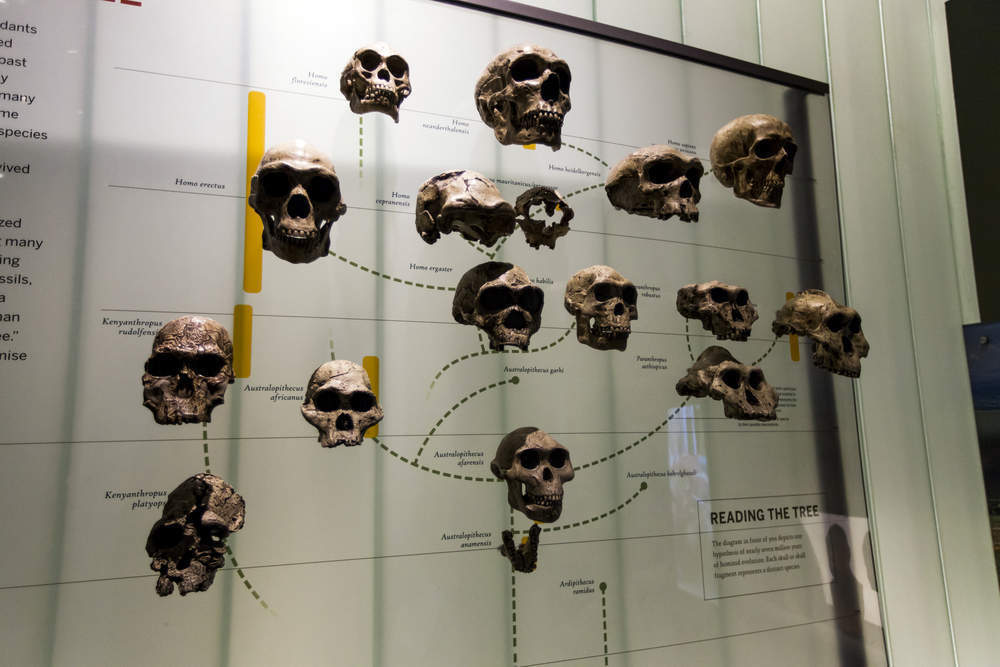
A human finger bone discovered in the Saudi desert in 2016 has suggested that early man may have migrated from Africa 90,000 years ago, the earliest recorded date for homo sapiens outside Africa.
The research — published on Monday by the Nature Ecology and Evolution journal — challenges the long-held belief that a mass human exodus from Africa took place 60,000 years ago.
A directly dated Homo sapiens phalanx from the Nefud desert reveals human presence in the Arabian Peninsula before 85,000 years ago. This represents the earliest date for H. sapiens outside Africa and the Levant https://t.co/pGdr2zj4Vt pic.twitter.com/TlCeNFL0Pv
— NatureEcoEvo (@NatureEcoEvo) April 9, 2018
The remnants discovered in an archaeological site at Saudi Arabia’s Al Wusta lake, builds on recent evidence that homo sapiens spread beyond Africa and the adjacent Levant region more than 120,000 years ago.
Over two years the team of scientists used radiometric technology to determine the age of the bones by their radio-active decay.
The age of the bones has suggests that “our species was spreading beyond Africa much earlier than previously thought”, co-author of the study Huw Groucutt from the University of Oxford said.
The bones are believed to be an adult’s middle finger, measuring 3.2 centimetres (1.6 inches) long. They was found in the arid planes of the Nefud Desert in central Saudi Arabia.
The latest study rewrites not only the date of of mankind’s exodus from Africa, but the possible route they took along from their African birthplace to Australia.
Another study author Michael Petraglia of the Max Planck Institute for the Science of Human History in Germany, said:
What we’re arguing here is that there were multiple dispersals out of Africa, so the process of the movement and the colonisation of Eurasia was far more complicated than our textbooks tell us.
According to history books, humans left Africa in a single wave, spreading along the African coast to southern Arabia and India, en-route to Australia.
But Petraglia says that the finger shows “that modern humans were moving across the interior, the terrestrial heart, of Eurasia — not along the coastlines”.
The research team also found fossils of various aquatic and semi-aquatic animals, including hippos, as well as hunter-gather stone tools, all believed to be around 90,000 years old.
Groucutt said:
We’ve been to maybe a hundred different sites in Arabia, and almost every one has stone tools. You can’t step out of a car without finding stone tools. The challenge was finding somewhere with human remains.
The findings also suggest there could be more archaeological discoveries made in Saudi Arabia and countries such as Yemen and Oman.
The Saudi government only just recently opened the gates of the Kingdom to archaeologists, meaning there could be more finds to come, according to Petraglia.
He said:
Every season we have there, we make a new discovery. We have very big plans to continue this work on ancient lakes, and we’re going to expand our work into caves as well. It’s a gold mine.







